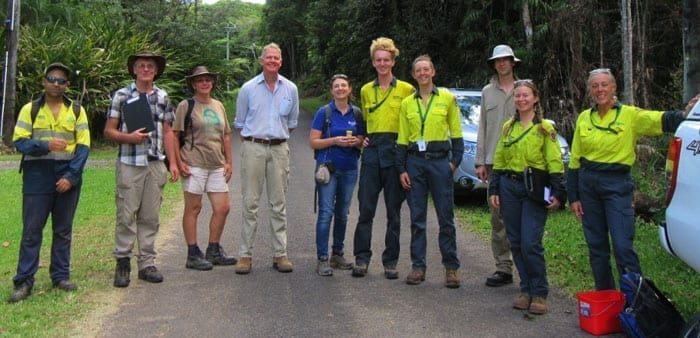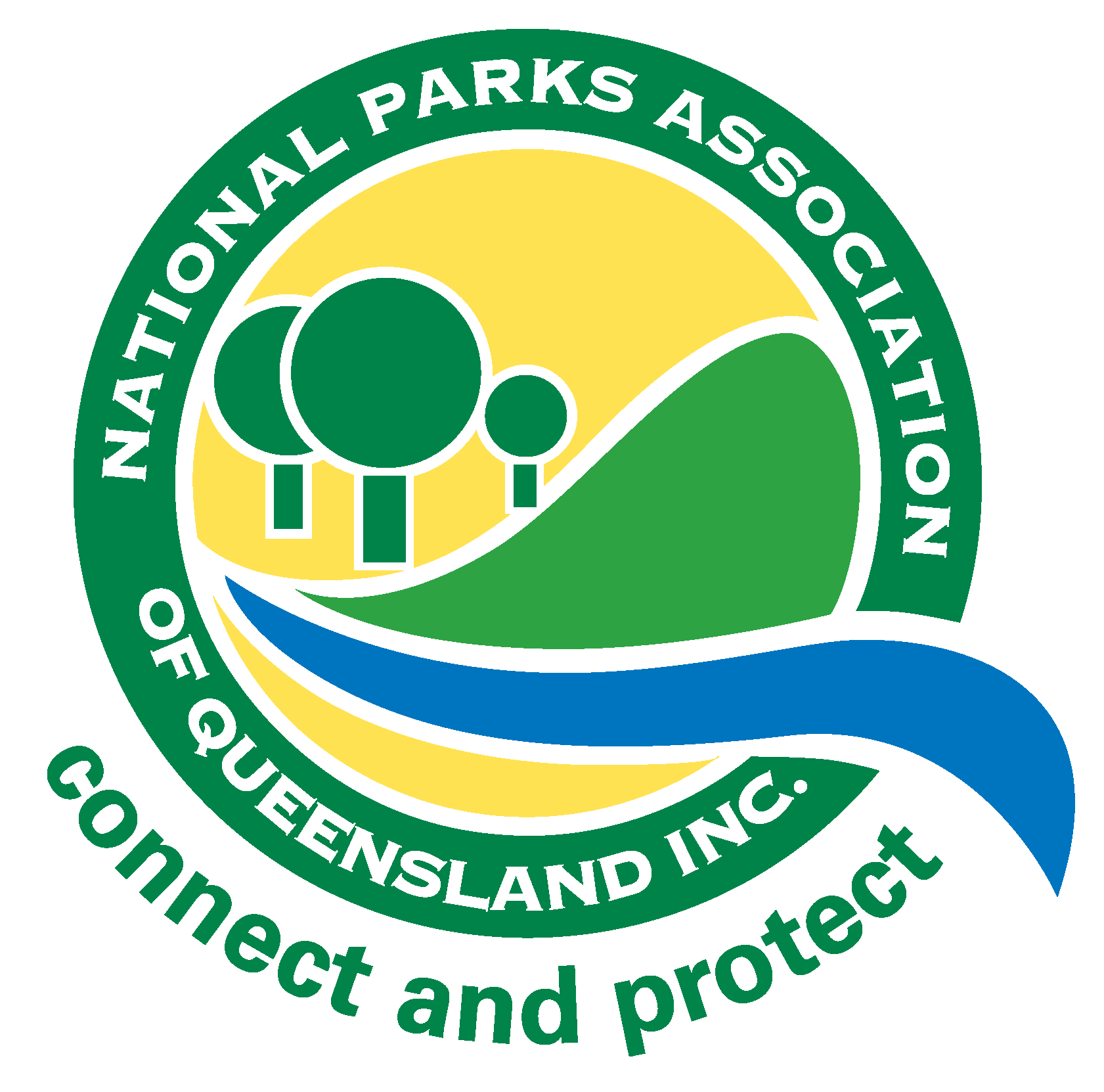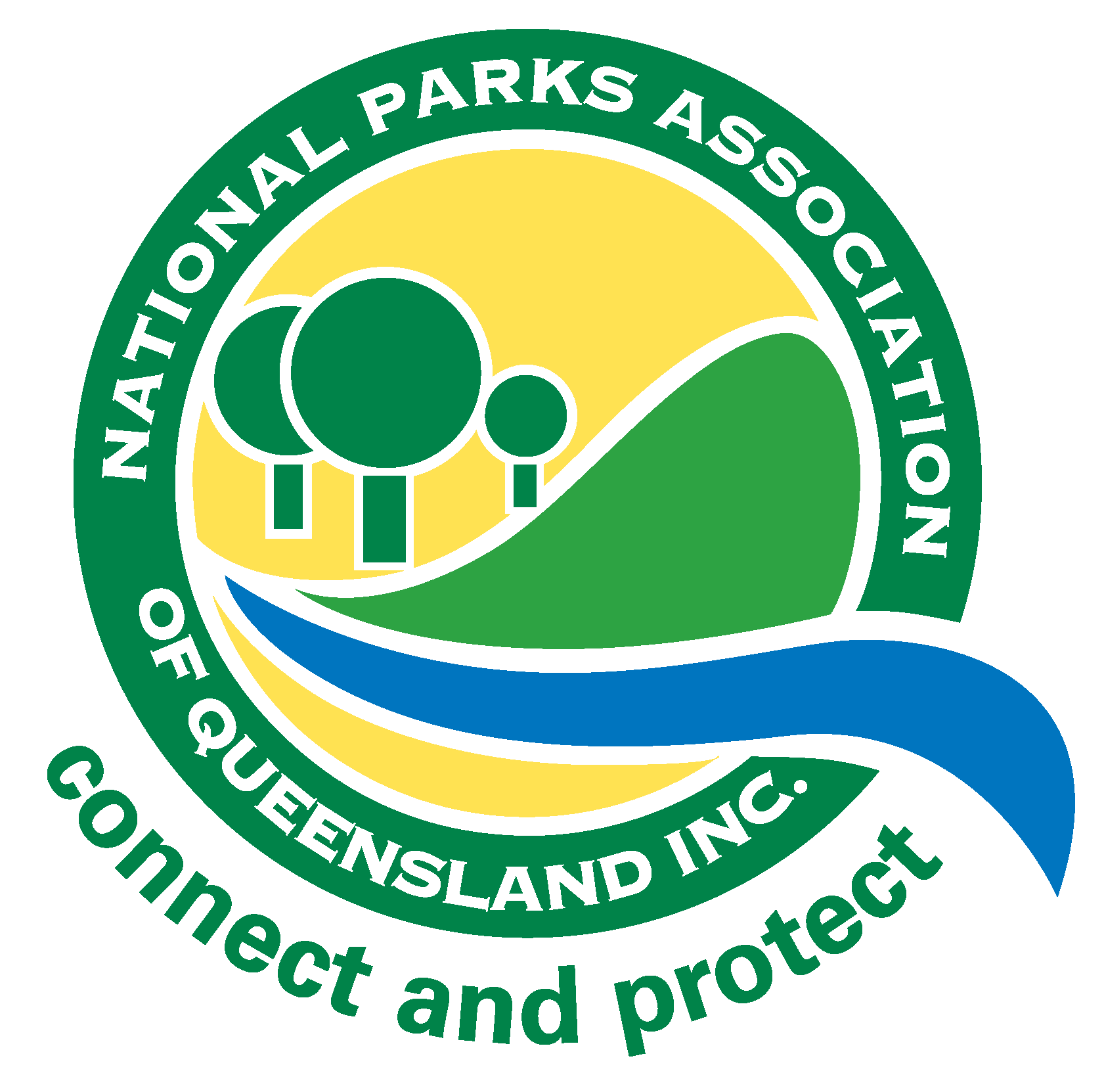National Parks
People power brings rainforest back to life
My guide, a birdwatcher, couldn’t disguise his excitement at the return of life we were seeing all around us. The rainforest at Russett Park in Kuranda was once eerily quiet, but now, in a place where birds and insects had been stripped away, there is new life.
Yellow crazy ants had denuded this tropical rainforest of its most vibrant lifeforms. Targeting bird nests and chicks, outcompeting local insects and feasting on amphibians and lizards, they were rapidly altering the rainforest ecosystem.
The ants, most likely introduced through the careless movement of soil, had infested the area of rainforest bordering the Barron River and from there these rafting ants had spread downstream to take over new sites.
In the middle of a typically wet north Queensland summer there was plenty of evidence that the yellow crazy ant eradication program was hitting its straps. Native green ants are returning, as are azure kingfishers, and the number of yellow crazy ants being caught in survey bait traps is falling – proof that local eradication is on track.
 Volunteers in Kuranda, (Kuranda Envirocare & ISC)
Volunteers in Kuranda, (Kuranda Envirocare & ISC)
How did they do it?
The volunteer, community-based Kuranda Envirocare, working with funding from Terrain NRM, mobilised an extraordinary and highly effective response to this serious environmental invader.
Coordinating volunteers, green army teams, indigenous rangers, in-kind contributions from council, and advice from the Wet Tropics Management Authority and James Cook University, the yellow crazy ant community taskforce has contained and reduced the local yellow crazy ant infestation.
The key to the community taskforce’s success has been letting community volunteers and local property owners lead on-ground surveillance and control work, backed up by professional scientific advice. It’s a model that has great application elsewhere.
For such an ambitious program, setbacks are part and parcel of the job. They are not considered a reason for ending the program but instead treated as lessons from which to build.
The program continually fine tunes its awareness efforts, to aid both surveillance and improve quarantine measures. It is this openness of the community taskforce to review its own processes and its ability to deliver a creative community-led response that means their model deserves replication.
Townsville infestation
Beyond Kuranda, the prospects of eradicating yellow crazy ants from the much larger infestation in the Cairns region remain positive, but only if full funding is maintained to support eradication efforts led by the Wet Tropics Management Authority. There are also a number of other small infestations in Queensland in need of greater attention.
At Nome, south of Townsville, a 40 hectare infestation was essentially ignored until January last year. Residents in the infestation site, which neighbours onto Bowling Green Bay National Park, raised the issue with local and state governments prompting action.
The Townsville City Council, with advice from CSIRO, conducted a full survey of the site and obtained funding through Queensland’s Feral Pest Initiative to conduct a quarantine and control program. The Invasive Species Council has also recently won funding to apply the Kuranda Envirocare community-led model to the Nome infestation.
Successful deployment of community led responses is starting to show that it can be a cost-effective solution to environmentally threatening invasive species over small areas.
One step from Fraser Island
Yellow crazy ants had also been found and eradicated from Hervey Bay, just a short boat trip from Fraser Island, a scary proximity to this World Heritage-listed national park area.
Surveys conducted over the last twelve months show that the local eradication was not entirely successful and some ants remain. Yellow crazy ants have crossed an ocean to reach Australia and spread to locations thousands of kilometres apart. If they ever make the short trip onto Fraser Island we can expect a huge loss of native wildlife.
Professional surveillance of invader populations in the past has been left wanting. It is often poorly coordinated and slow. New species are frequently detected years after they establish in an environmentally sensitive area. An educated and engaged community participating in regular monitoring can offer permanent vigilance against new invasive species.
The Brisbane region also has several yellow crazy ant infestations, and surveillance and control work is largely falling to council teams to monitor and contain the ants to protect wetlands, bushland corridors and nature reserves.
Part of the solution
The Kuranda experience mobilises community and science-based forces as part of a broad-reaching pincer movement against dangerous new invasive species. For invaders in their early stages, like yellow crazy ants, it is clearly a model that could be taken up across Queensland and the rest of Australia.
Property owners, community groups and volunteer teams working together with the support of local governments, natural resource management groups and scientific experts can create a highly effective force.
Supporting communities to be part of the solution creates local interest in protecting their patch of nature, coastal area or marine hotspot, and may be the only realistic way we can deal with the growing numbers of new invasive species threats emerging in Australia.
The Kuranda Envirocare team are continuing their work in the rainforest and have already started their 2018 monitoring program. If they succeed in their eradication, it will become an inspiration for us all.
If you would like to help out with either the Kuranda or Nome yellow crazy ant programs, please contact NPAQ and we will pass your details on to program coordinators.
Adapted with permission from an article first published in the Invasive Species Council’s Feral Herald.

